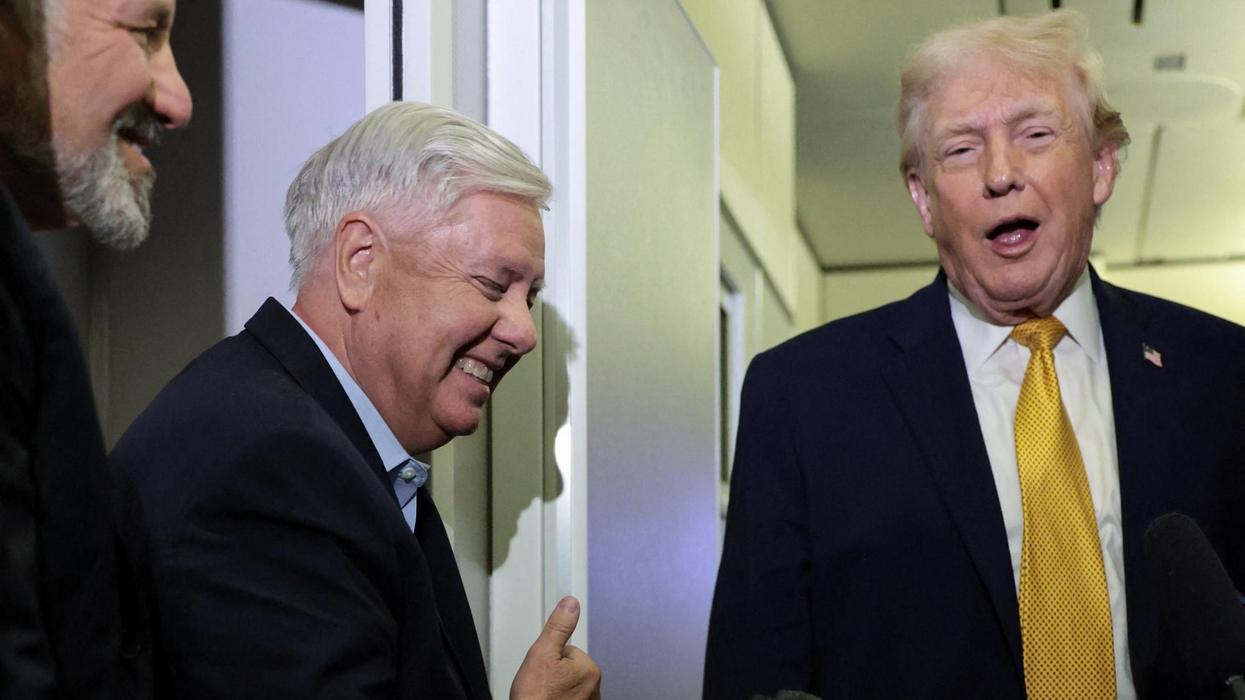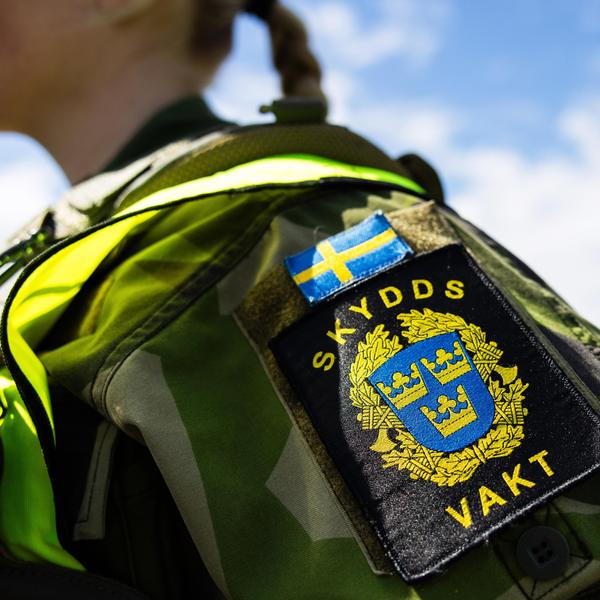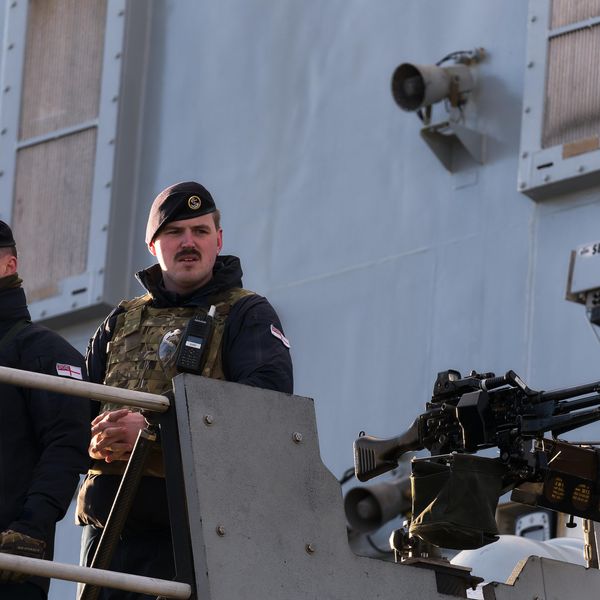Banality may mask absurd tragedy. The Pentagon specializes in such veiled bromides. If anything, this Age of Corona is thus illustrative. To wit, Americans awoke on Thursday to this report in the nation’s “paper of record” — “The Army earlier this week ordered a halt to most training, exercises and nonessential activities that require troops to be in close contact…but abruptly reversed itself. …”
On a certain level, the rescinded order made sense. After all, military decisions flow downward. Atop that hierarchy sits the commander-in-chief, who, just days ago, hinted at rapidly curtailed social distancing policies, a reopened economy, and visions of “packed churches" on Easter Sunday. That’s two odd weeks from now.
Still, in the wake of the Army’s volte-face, word was, a sort of befuddlement ensued — in the ranks, and among commanders. Yet I couldn't help but think: vacillation, conflicting leadership priorities, uncertainty (plus cynicism) in the ranks, and confusion up and down the chain-of-command — what else is new? Sardonicism aside, my sympathy lay, partly, with the common soldiers and junior officers — many still-serving personal friends — caught up in the whole fiasco.
The decision was absurd; that much seems certain. The famed — and ever-so corona-relevant — philosopher, Albert Camus, defined the contours of absurdism in his 1942 classic, “The Myth of Sisyphus.” Absurdity: there’s no term more fitting for such Army decision-making in the face of increasingly stark facts.
Like this one: on Thursday morning, the Pentagon reported “280 cases of coronavirus among active-duty troops, putting the infection rates at higher levels in the military than in the United States itself: 210 positive tests per million people versus 166 per million.” This from the Joint Chiefs’ top medical adviser, Brigadier General Paul Friedrichs, who confessed, “Our curve is not flattening.” Worse still, at one joint base, Camp Lemmonier, Djibouti — part of an increasingly expansive African network — there were reports of an infected DOD contractor. This installation (a former Imperial French Foreign Legion garrison) counts some 3,000 U.S. personnel. It does not, however, possess a requisite supply of ventilators. And Lemmonier is by far the Pentagon’s largest on the continent.
The sizable assortment of much smaller, widely dispersed, far-flung bases are undoubtedly less prepared for pandemic. No matter, the Army — and one presumes the whole DOD — seems intent to drive on with not only the most imperative but (according to Defense Secretary Mark Esper) “all of our missions.” Assume, for the sake of argument, that Esper really meant the “essential” stuff. This still begs the question of how the Army defines mission essentiality.
Early signals are disturbing. This week, the military went ahead with a 4,000 troop Army-Marines joint exercise alongside America’s Emirati “allies.” The mission’s fittingly neo-colonial title was Operation Native Fury. Therein, the partnered force seized “a sprawling model Mideast city,” to, presumably, prepare against the decidedly non- (or at least wildly exaggerated) Iranian threat. “Provocative? I don’t know,” was about all the ranking U.S. commander had to say about that.
All indications point to a White House and Pentagon possessed with an irrational attachment to “essential” missions that aren’t. Indeed, the very term’s prevailing definition stretches the English language past any reasonable breaking point.
Former Army head-honcho, and current Joint Chiefs Chairman, Mark Milley, has repeatedly, and forcefully, defined “readiness” as his top priority. Real coherency on (readiness) “for what” has been less forthcoming. Regardless, his resolute guidance and Esper’s recent incongruous general instructions -—“find a way” to both “protect troops [from Corona]” and “still perform” essential operations — lock subordinates in an absurd Catch-22.
It goes something like this: the Trump-Esper-Milley national security formula, like that of their recent forbears, requires incessant forward deployment and its incumbent joint training and exercises. That, however, makes the DOD’s own social-distancing policy inherently unworkable, thereby risking a sweeping corona-outbreak in the ranks that’s liable to paralyze the very “readiness” they purport to preserve.
So, while one is far more likely to spy an Ayn Rand than a Camus book on a general’s desk — libertarianism is peculiarly prevalent among military officers — it’d behoove army leaders to heed the French-Algerian philosopher’s fitting rejoinder: “Seeking what is true is not seeking what is desirable.” In this case, what’s inconveniently “true” is that no external “enemy” rises anywhere near the peril of coronavirus. Nor can the Pentagon can’t have it both ways: “readiness” — as they define it — and “preserving the force” are opposing concepts.
It comes down to a question of what, exactly, America’s Army is for: genuine homeland defense, per the military officers’ oath — against foreign and domestic (like corona) enemies — or repeatedly ill-fated, distant adventures? Here and now, the virus is the real threat. Washington must focus on containing it, not an inflated threat from — corona-crippled — Iran. That’s the only strategic, and decent, course.
Business as usual, remaining wedded to careers’ worth of dubious presumptions — on ostensible threats, and how to counter them — may satisfy some generals’ subconscious need for paradigmatic comfort. The problem is, this pervasive proclivity makes the nation less safe, and, incidentally, may kill countless soldiers.
It is difficult to know what will come of the Army’s latest decision. What’s equally hard to predict is the organization’s upcoming role, both at home, or in the nation’s countless — in some cases escalatory — ongoing wars. Regardless, the safe money says the victims will, as ever, be rank-and-file troopers and foreign civilians. The citizens of America’s “enemy” states already suffer under cruel sanctions and — real or threatened — bombing. Some number of U.S. soldiers will be killed in these current, or future, ill-advised, unnecessary, wars; far more may die as a result of the Army’s corona-intransigence. Such is the tragedy of the absurd.
Around the time he published “The Myth of Sisyphus,” Camus, too, lived amidst crisis — even editing a Resistance newspaper — during the Nazi occupation of France. Nonetheless, the philosopher’s identification of life’s inherent absurdity, he was quite clear, need not engender apathetic despair. Rather, he professed, the “struggle itself…is enough to fill man's heart,” that we should radically care for one another, and only thus can “keep civilization from destroying itself.” Consider this Camus’ eternal challenge to both president and the Pentagon.
Only today, contra his essay’s closing riposte, it’s rather difficult to “imagine” America’s Sisyphean soldiers — condemned, it seems, by their gods (generals and politicians) to eternally roll boulders up militarist mountains – as “happy.”
















